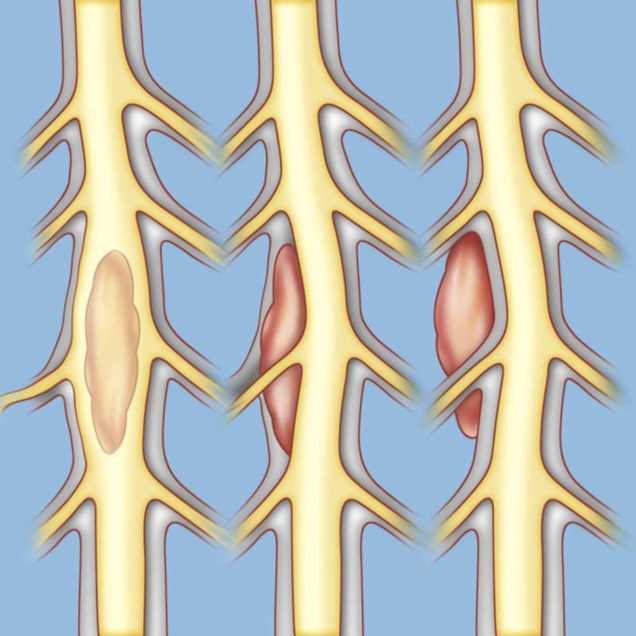Do you require any assistance? Simply reserve your appointment online below
Spinal Tumors
Orthopedic excellence for every pain
Spinal tumors are abnormal mass of tissue within or surrounding the spinal cord .These cells grow and multiply uncontrollably, seemingly unchecked by the mechanisms that control normal cells. Spinal tumors can be benign (non-cancerous) or malignant (cancerous).
Primary tumors originate in the spine or spinal cord, and secondary tumors result from cancer spreading from another site to the spine.
Spinal tumors may be referred to by the region of the spine in which they occur.
These basic areas are cervical, thoracic, lumbar and sacrum. Additionally, they also are classified by their location in the spine into three major groups: intradural-extramedullary, intramedullary and extradural.

Causes of of Spinal Tumors

The cause of most primary spinal tumors is unknown. Some of them may be attributed to exposure to cancer-causing agents. In a small number of cases, primary tumors may result from presence of these two genetic diseases:
Neurofibromatosis 2: In this hereditary disorder, benign tumors may develop in the arachnoid layer of the spinal cord or in the supporting glial cells. However, the more common tumors associated with this disorder affect the nerves related to hearing and can inevitably lead to loss of hearing in one or both ears.
Von Hippel-Lindau disease : This rare, multi-system disorder is associated with benign blood vessel tumors (hemangioblastomas) in the brain, retina and spinal cord, and with other types of tumors in the kidneys or adrenal glands.
Signs and symptoms of Spinal Tumors
Pain in the neck or back, followed by neurological problems (such as weakness or numbness of the arms or legs or a change in normal bowel or bladder habits) is most common
Focal spine pain that is worse in the morning
Pain that is severe when there is direct manipulation or compression of the affected area of the spine
Pain that does not diminish with rest, and pain that may be worse at night than during the day
Back pain along with constitutional symptoms, such as loss of appetite, unexplained weight loss, nausea, vomiting, or fever, chills or shakes.
Diagnosing Spinal Tumors
- X-ray Application of radiation to produce a film or picture of a part of the body can show the structure of the vertebrae and the outline of the joints. X-rays of the spine are obtained to search for other potential causes of pain, i.e. tumors, infections, fractures, etc.
- Computed tomography scan (CT or CAT scan): A diagnostic image created after a computer reads X-rays, a CT/CAT scan can show the shape and size of the spinal canal, its contents and the structures around it. It also is very good at visualizing bony structures.
- Magnetic resonance imaging (MRI): A diagnostic test that produces three-dimensional images of body structures using powerful magnets and computer technology. An MRI can show the spinal cord, nerve roots and surrounding areas, as well as enlargement, degeneration and tumors.
- Biopsy. The only way to determine the exact type of a spinal tumor is to examine a small tissue sample (biopsy) under a microscope. The biopsy results will help determine treatment options.

You are in Great Hands
Treatment of Spinal Tumor

Chemotherapy. This type of treatment is used for many types of cancer, It uses medications to destroy cancer cells or stop them from growing. Chemotherapy may be used either alone or in combination with radiation. Side effects may include fatigue, nausea, vomiting, increased risk of infection and hair loss.
Drugs. Because surgery and radiation therapy as well as tumors themselves can cause inflammation inside the spinal cord, doctors sometimes prescribe corticosteroids to reduce the swelling, either after surgery or during radiation treatments. Although corticosteroids reduce inflammation, they are usually used only for short periods to avoid serious side effects such as muscle weakness, osteoporosis e.t.c
Radiation therapy. This may be used to eliminate the remnants of tumors that remain after surgery, to treat inoperable tumors or to treat those tumors where surgery is too risky.
Sometimes, your radiation therapy regimen may be adjusted to help minimize the amount of healthy tissue that’s damaged and to make the treatment more effective. Modifications may range from simply changing the dosage of radiation to using sophisticated techniques
Surgery.This is often the treatment of choice for tumors that can be removed with an acceptable risk of spinal cord or nerve injury damage. The high-powered microscopes used in microsurgery make it easier to distinguish tumor from healthy tissue.They also allow neurosurgeons to reach tumors that were once considered inaccessible.
But even with the latest technological advances in surgery, not all tumors can be totally removed. When the tumor can’t be removed completely, surgery may be followed by radiation therapy or chemotherapy or both.

